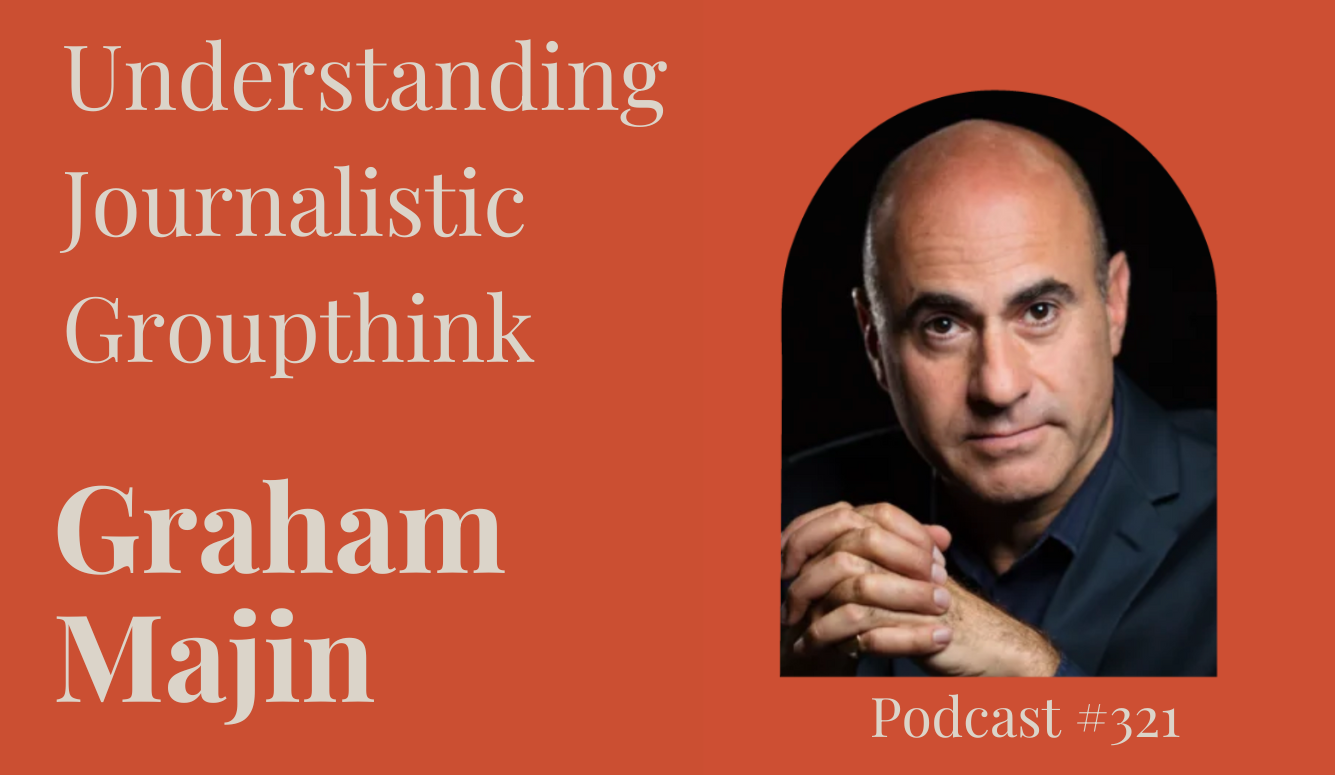philosophy
In Praise of Negativity Bias
It’s the things and people that offer pushback that make personal achievement possible and meaningful. It’s the knots that drive us to comb.

A close friend withdrew from public life a few years ago, after a brief but very productive career as a writer and speaker. Her good sense and committed liberal values had brought her many, many fans, but she was tormented by the small minority of people who responded to her work with deliberate distortions of her words and vicious and petty attacks on her character. The avalanche of support she received couldn’t bury those few determinedly nasty trolls.
We’ve surely all experienced a similar phenomenon: even one snide comment can rankle—although everyone else is all kindness. A friend who is a professional stylist once offered me a free session. She made many flattering remarks about my face and figure, all of which I have forgotten. But her passing remark that I shouldn’t wear tight clothing because “you do have rather a belly” was instantly indelibly etched onto my brain and I never asked her for clothing advice again.
I’ve always thought of this as one of the most unfortunate human tendencies: our propensity to let one rotten apple spoil the barrel, however crisp and ruddy the rest. I, too, am often an emotional princess on a pea, squirming at the discomfort caused by a single caustic remark, even when I’m lying atop multiple cushiony mattresses of approval and praise. But this negativity bias is, perhaps, a side effect of a propensity that is required for all creativity: both the kind needed to expand our knowledge through science and the fresh perspective necessary to create art.
There is a Spanish saying: los nudos van al peine, which I’ve loosely translated as “the knots gather at the comb.” We are intrinsically fascinated by the places where we encounter resistance to our self-image and our worldview. It is the points of friction that generate the static, that grab our attention just as brambles tug at our jackets in an overgrown country lane.
Through Brett Hall’s wonderful YouTube channel, I was recently introduced to Chiara Marletto’s definition of knowledge as “resilient information”—ideas that have been buffeted by reality and have stood up to the test. As David Deutsch has written in The Beginning of Infinity, knowledge begins with guesses and we hone that knowledge by testing our guesses against the world, which demonstrates our errors again and again, thus helping us refine our understanding. We don’t have proven facts (proofs are possible only in mathematics), we only have conjectures as to how things are, provisional hypotheses that await disconfirmation. Knowledge is antifragile, growing more robust with wear and tear (though always susceptible to complete destruction). It’s the cracks in our theories that let the light in, even though the fissures are sometimes deep enough to shatter them. Nature is Reviewer 2, endlessly dissatisfied, covering our essays in the blood-red scribbles of an editor’s pen. In science, we approach knowledge by speculating and then attempting to prove ourselves wrong. Likewise, in evolution by natural selection, the random products of genetic mutations and recombinations are tested against the challenges set by the world in which we survive and reproduce. There is no Michelangelo to chip away at the marble block and reveal the sculpture of an organism. But the sculpture emerges anyway, from the repeated blows of reality. The knots create the comb.
In most of the best art too, the focus is on the tangles. Poetry and painting can jolt us out of our complacency by disrupting the cosily familiar with a jolt of strangeness, placing barbs in our way to snag our attention:
Let us go then, you and I,
When the evening is spread out against the sky
Like a patient etherized upon a table.
The most haunting poems can provide a vertiginous sense of the artificiality of our everyday assumptions, the precariousness of our lives, those brief periods poised between two infinities of nothingness. Like Philip Larkin’s ambulances, which thread their way through cities, “closed like confessionals,” they are reminders of “the solving emptiness/That lies just under all we do.” “Let me not to the marriage of true minds admit impediments,” writes Shakespeare, in the oddly legalistic jargon characteristic of his love sonnets—yet many of the sonnets deal with the deceptive, manipulative aspects of love—“When my love swears that she is made of truth; I do believe her, though I know she lies”—and even hint darkly at something deeply sinister. “Lilies that fester,” Shakespeare’s speaker tells us, with the cryptic bitterness of passive aggression, “smell far worse than weeds.” The best art is discomforting, unsettling, concerned with dilemmas, with Sophie’s choices, with predicaments, puzzles, accidents, contradictions and quests: tiny Gordian knots that can’t just be cut but that we must return to again and again, trying to unpick them.
And, as my PhD supervisor, John Mullan, used to remind us, there are a lot more orphans among literary protagonists than among the general population. The fathers of fictional heroes and heroines who do survive are often neglectful of their offspring: think of Pride and Prejudice’s Mr Bennett hiding from family conflicts in his library, leaving his vain and silly wife to manage a household of daughters. This is no accident: if you’re safe at home, looked after by sensible, attentive parents, you are much less likely to come to any mischief or get up to any. And without mischief, there can be no story.
Very often, the perturbing element, the problem that initiates the train of events that leads inexorably to tragedy is embedded within the protagonist’s character: Oedipus’ hubris; Achilles’ wrath; Ziggy Sobotka’s defiant impulsiveness. Equally often, the contradictions that spur the drama can be resolved over the course of the story, the trailing threads unknotted and tied into the neat loopy bow that is the happily-ever-after ending of comedy. “Emma Woodhouse, handsome, clever and rich, with a comfortable home and happy disposition, seemed to unite some of the best blessings of existence,” hints Jane Austen in the first sentence of her novel Emma. With that little word seemed, our comb hits the first knot and here, in this fictional world, we will stay, until it’s been untangled.
“The natural flights of the human mind,” writes Samuel Johnson, “are not from pleasure to pleasure, but from hope to hope.” Contentment is a slippery quality, slithering out of our grasp the tighter we try to grasp it. But luckily the search itself has its satisfactions. The skills that resist mastery, the projects that are never complete, the interlocutors who are hardest to convince, the mysteries that we are just a few steps away from solving, the challenges that confront us with our own limitations—these are some of life’s strongest motivators. If we were omnipotent beings like Star Trek’s Q, able to bend reality to our will, life would be just pointless solipsism. It’s the things and people that offer pushback that make personal achievement possible and meaningful. It’s the knots that drive us to comb. Even though they can be exasperating sometimes.
This piece first appeared here and is reprinted with the author’s permission.





